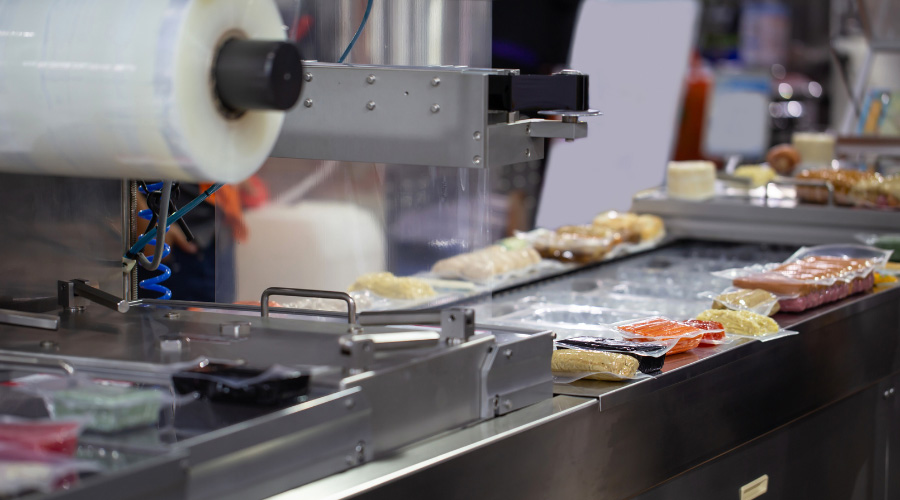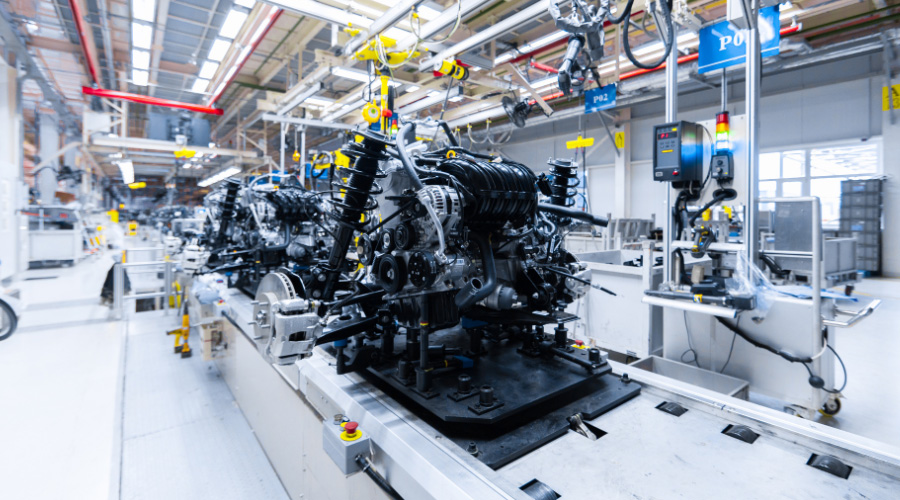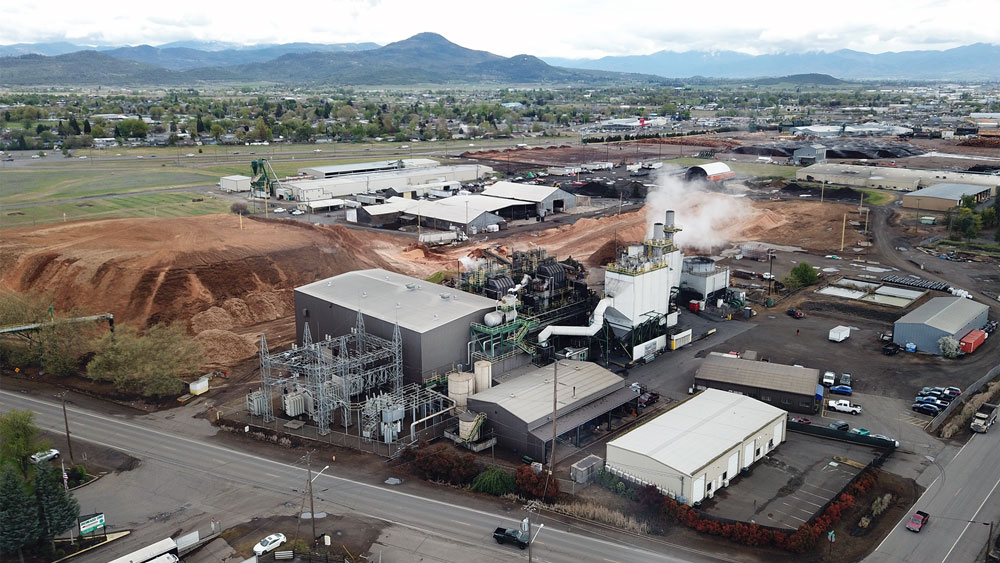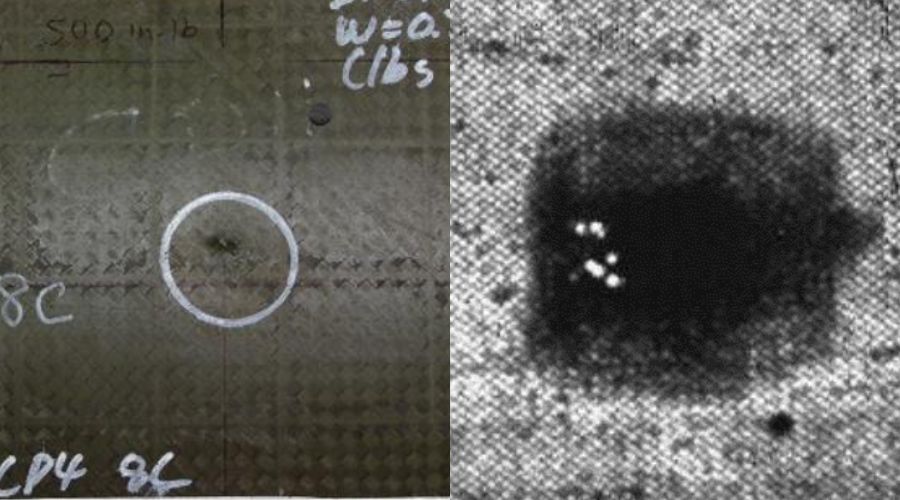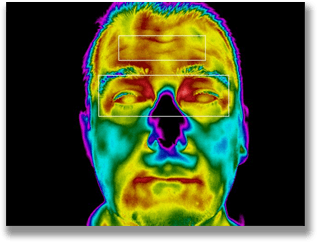
What You Need to Know Before Buying an Elevated Body Temperature Screening System
Elevated Body Temperature Screening
This article discusses six topics you need to know before buying a thermal camera. There are so many options out there, it can quickly can overwhelming. Especially when you have no background in using thermal cameras for elevated body temperature screening or “EBT”.
This “6 Things you need to know before buying a thermal camera for elevated body temperature screening” article and accompanying video is intended for readers that are in the research and decision making process. Which thermal camera screening solution is right for me?
I have witnessed about 30 new “solutions” and entire new companies enter the market, just in the past two month alone. There is so much misinformation out there and so many false claims, that I felt compelled to write this article and make this video. The COVID-19 crisis has brought out the best in people and unfortunately also the worst.
A lot of companies are currently investing significant sums of money into technology they do not understand the first thing about. A lot of vendors out there didn’t even know how a thermal camera worked two months ago and are now calling themselves experts.
Elevated body temperature screening (EBT) not only requires an in depth understanding about thermography, but also a solid understanding of physiological effects of the human body. In particular, how the body thermally regulates.
Visit our Youtube channel for more educational video content: https://www.youtube.com/user/movitherm
Some companies promote their solutions as “fever screening” cameras. This is a misleading statement, since no thermal camera has ever been cleared by the FDA for fever screening.
These cameras can merely detect a variation in skin surface temperature. My name is Markus Tarin, and I am the President & CEO of MoviTHERM – Advanced Thermography Solutions.
I have spent the past 20 years developing thermal imaging systems for industry and research. Never before have I seen such a frenzy and unethical business practices when it comes to thermal cameras being offered for elevated body temperature screening.
When I started to learn about thermal imaging technology, back in the 90s, it took a go six months to get a fundamental understanding about the infrared spectrum, heat radiation, conduction, convection, emissivity, reflectivity, transmissivity and all the other fancy physical effects that influence the accuracy of a thermographic measurement.
So I empathize with so many of you out there trying to make an “informed” purchase decision within a very short period of time. Many of you may not even have an engineering background, let alone the ability to interpret technical specifications of thermal cameras. Now add to this the complexity of human physiology and how the body’s thermoregulation may skew the results of an optical instrument used for temperature measurement.
The reality is that you won’t have enough time to properly understand enough about these subject matters to truly make an educated and sound decision. What you are left with, is often the marketing literature of the solution provider. And their whole purpose is to play into the panic and fear around this subject matter to sell you their solution.
I felt compelled to share my knowledge and help educate people on this topic. For that purpose, I have put together six topics and boiled them down to the essentials. Hopefully people will find some value in this. This article is not meant to be an exhaustive “training course” or white paper by any stretch of the imagination. Rather, it is meant to convey some basic concepts to separate the marketing hype from technical facts.
Topic# 1 – How does a Thermal Camera work?
A thermal camera captures the radiated infrared energy from the surface of a solid object. The captured energy is then mathematically converted to a temperature reading. The temperature reading of each pixel of the camera is then being associated with a color, representing a temperature.
The absolute accuracy of a thermal camera depends on many factors. Considering all factors (Emissivity, spatial resolution, detector and system noise, temperature drift etc.), the expected accuracy of these cameras is no better than ±2° Celsius or ±3.6 °Fahrenheit. It technically can’t be better, unless you are placing the thermal camera into a very tightly controlled thermal chamber under laboratory conditions.
This is due to the fact that the image detector in the camera, the lens and the electronics warm up and create a temperature drift. Without active temperature compensation, this drift is a large contributing factor to the achievable accuracy on these cameras. All the cameras that are being offered for elevated body temperature screening are based on microbolometer type detectors.
![]()
Micro-Bolometer Pixel
I have to get technical – sorry…
I have seen marketing literature lately, that claim a camera accuracy of +/- 0.5C without the use of an external black body i.e. calibrated temperature reference source. They back up the claim with the fact that the entire calibrated temperature range was optimized for human body temperature, rather than the typical 170C to 350C range of typical thermal cameras. It is true that using a smaller dynamic range potentially helps with accuracy. However, this also requires a higher degree of amplification. With amplification comes additional noise. If the detector has an NETD of 0.05k (50mK) at 30C. The best theoretical accuracy achievable is about 10 times NETD. So 0.05K x 10 = 0.5K or 0.5C, ignoring all other error sources. Typical dynamic ranges of microbolometer detectors require a 14bit analog to digital converter. So, in order to make use of the largely reduced dynamic range, one would have to amplify the signal from the detector. This will also amplify the detector noise and hence will affect the achievable accuracy negatively. None of this helps and none of this deals with the temperature drift problem.
Takeaway: Achieving an accuracy of 0.5C with a microbolometer detector based camera requires one of two things:
- Active cooling and temperature control of the lens, the detector and signal electronics, which none of these have OR
- Using a external temperature reference source (aka black body, that is stabilized to better than +/- 0.5C)
Topic# 2 – What can a Thermal Camera detect?
A thermal camera can only detect, measure and document the variations of skin surface temperatures.
It cannot detect or diagnose any of the following:
- If somebody has a fever or not.
- If somebody is sick or healthy.
- If somebody has an infection of any kind.
- If somebody is contagious or not.
A diagnostic decision can only be rendered by a healthcare professional, using other FDA approved methods (fever thermometer, blood test, viral tests etc.)
A thermal camera used for this application requires an FDA 510k clearance. With such a clearance, it can be used as an “adjunct” screening tool for skin surface temperature measurements. It shall never be used on its own to render any diagnostic decision.
Topic# 3 – How to properly measure elevated body temperature?
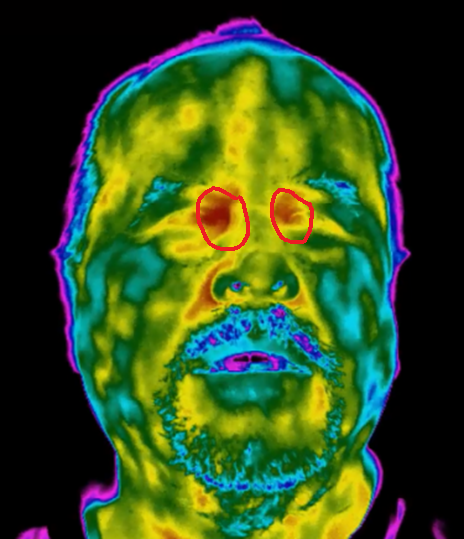
- Body temperature is correlated closest at the inner canthus/tear duct.
- Measuring skin surface temperatures anywhere else in the face, will not work properly.
- Eye-wear will obstruct the tear ducts and must me removed
- Person should be standing still at a fixed distance to the camera
- The inner canthus should be covered by sufficient number of camera pixels to allow for an accurate measurement. (At a minimum 3 x 3 pixels, ideally more)
Topic# 4 – What camera pixel resolution do I need?
- The tear duct area is about 5mm. We need at a minimum 3 pixels to cover that region for an accurate measurement.
- 5mm / 3 pixels = 1.6mm/pixel
- Using a thermal camera with 320 pixels, we can capture an image size of 320 pixels x 1.6mm/pixel = 512 mm [~ 20 inches]
- Using a camera with 160-pixel resolution, we are left with an image size of ~10 inches.
- Therefore, pointing a camera into a crowd to detect elevated body temperature will not work.
- Assuming an image size of 5 feet, it would require a thermal camera with >12 Megapixels and these do not exist.
Topic# 5 – Reference Black Body vs. Reference Population
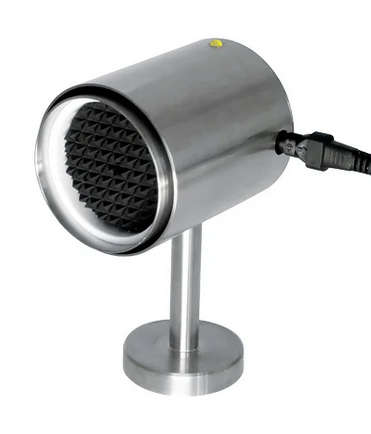
- There are two legitimate measurement setups available for elevated body temperature measurement.
- One uses an external black body reference to increase the accuracy of the measurement to about ±0.5° Celsius or better.
- The other one uses a relative comparison of skin surface temperatures (baseline group)
- Both setups are valid and require a manual correction from time to time to account for external factors that are impacting the thermoregulation of the human body.
- Thermoregulation is the ability of the human body to keep its inner core temperature stable.
- Core body temperature is: 36.4–37.1 °C (97.5–98.8 °F)
- The body will either try to conserve energy or try to get rid of excess energy to maintain its ideal core temperature.
- This results in increased or decreased skin surface temperatures, as the skin is the
interface to the environment.
Topic# 6 – Which solution can I trust?
- Be aware of “ambulance chasers”. More than 30 new solutions and companies have been created in the past two months.
- Work only with reputable companies with a proven track record.
- How long has the solution they are selling been on the market? Was it successfully used during previous pandemics, such as SARS & Swine Flu?
- Be aware of false camera accuracy claims.
- Be aware of fully automated systems.
- Be aware of low-cost solutions.
- Do not buy a solution that claims to be able to scan more than one person at a time. (Crowd scanning).
- Be aware of false claims in marketing literature and websites.
(i.e. Fever detection, avoids spreading infection, any diagnostic claims, keeping you safe etc.) - Not all thermal cameras and solutions are created equal!
So, what is an example of a trust worthy solution?
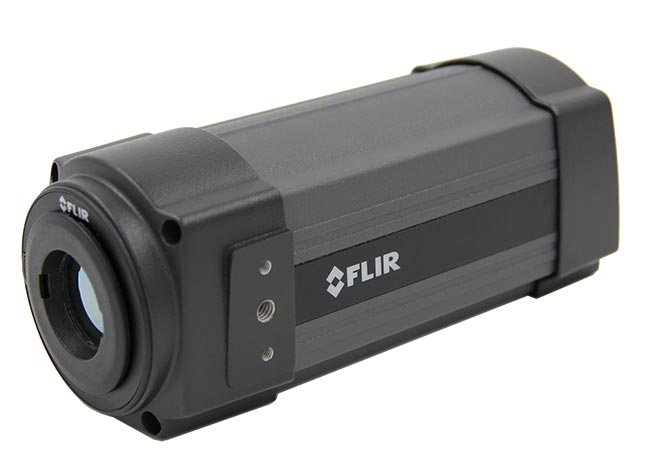
- FLIR A320 Tempscreen
- Originally developed for previous pandemics, such as SARS, Swine Flu etc.
- Installed thousands of times around the world at airports, public buildings etc.
- Proven solution, tried and tested.
- FDA 510k Clearance for skin surface temperature measurements.
- Manufactured by the world’s largest manufacturer of thermal camera – FLIR Systems, Inc.
Would you like to discuss your concerns and questions with me personally? Then go to the Contact Us section and schedule a free consultation today!
About MoviTHERM:
MoviTHERM – Advanced Thermography solutions was founded in 1999. The company offers solutions for plastic welding, package sealing, and non-destructive testing. In addition, MoviTHERM provides IoT Cloud monitoring solutions for thermal imaging applications for early fire detection, machine condition monitoring, and other applications. MoviTHERM is a Teledyne FLIR Premium Partner and master distributor for FLIR Thermal Cameras for automation and science applications.

